August in Canberra is a little warmer than July when dawn was a few degrees below zero. Now we’re slowly moving back towards the sun and the wattle trees are coming out in bloom, producing bursts of bright yellow in the bushland. Today I went up Black Mountain to our telecommunication tower known as Telstra Tower, where I saw the interesting combination of our iconic wattle and the tower, a structure that can be seen from far outside Canberra, a landmark that tells travellers they’re almost here.
If we are enjoying delightful afternoons, warm enough to sit in the sun to catch ten or twenty minutes of Vitamin D infused rays, our nights are still freezing and frosty, and the further you go above sea level the frostier it is. On Black Mountain there’s a warning sign for those driving or riding or even walking up and especially down the slope in the early hours of the morning: Ice on road. When I took photos this afternoon it was a lovely 14 degrees and this cyclist was haring down the mountain, around its curves. His wheels made a loud whirring sound as he passed me.
Here’s some evidence of August’s two weathers. Yes it’s a good afternoon for riding downhill at speed, but after the night’s frost a cyclist could be sliding not riding.

Cardinal Guzman had the idea of posting a photo of changing seasons each month. Thanks Cardinal.

*****

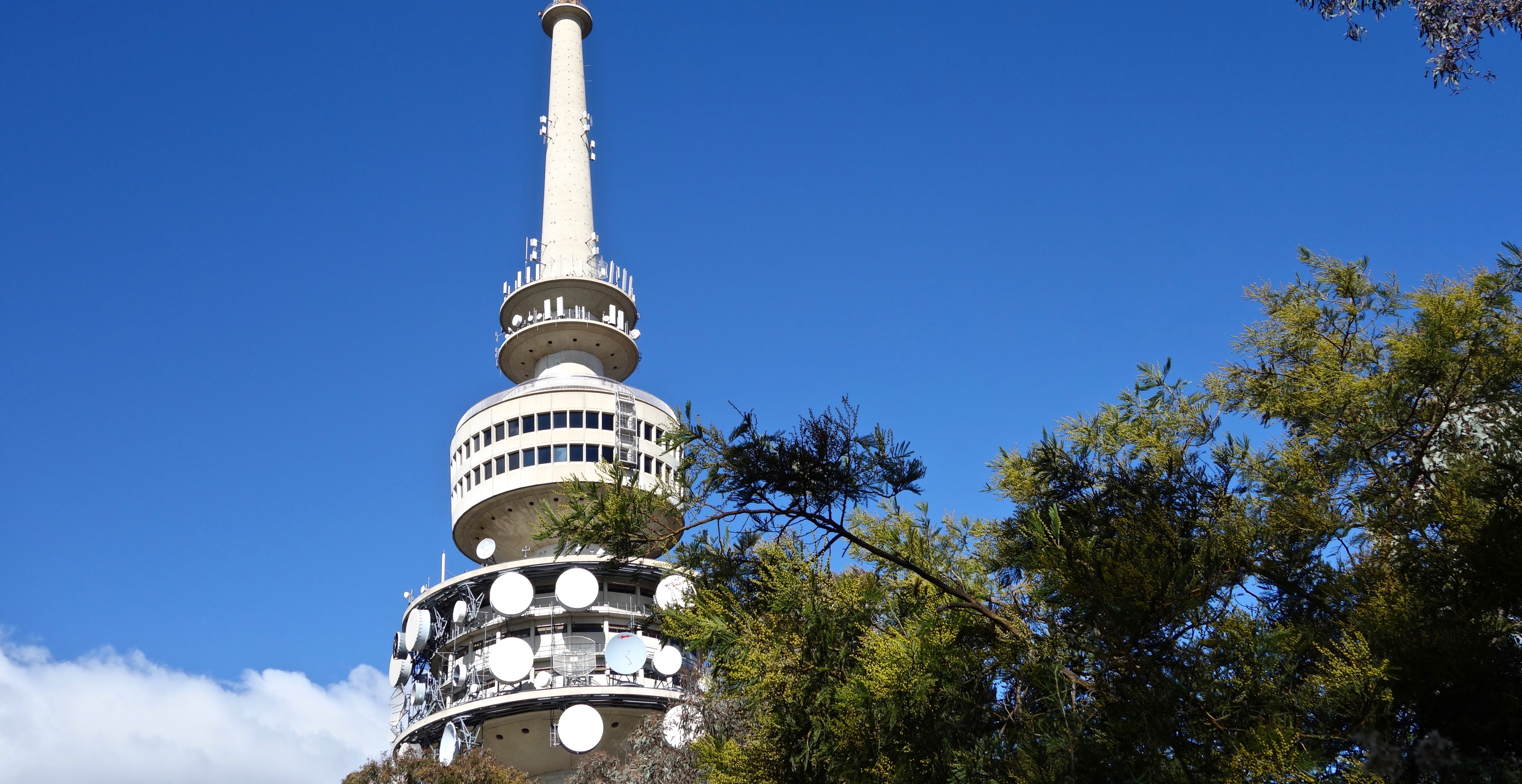
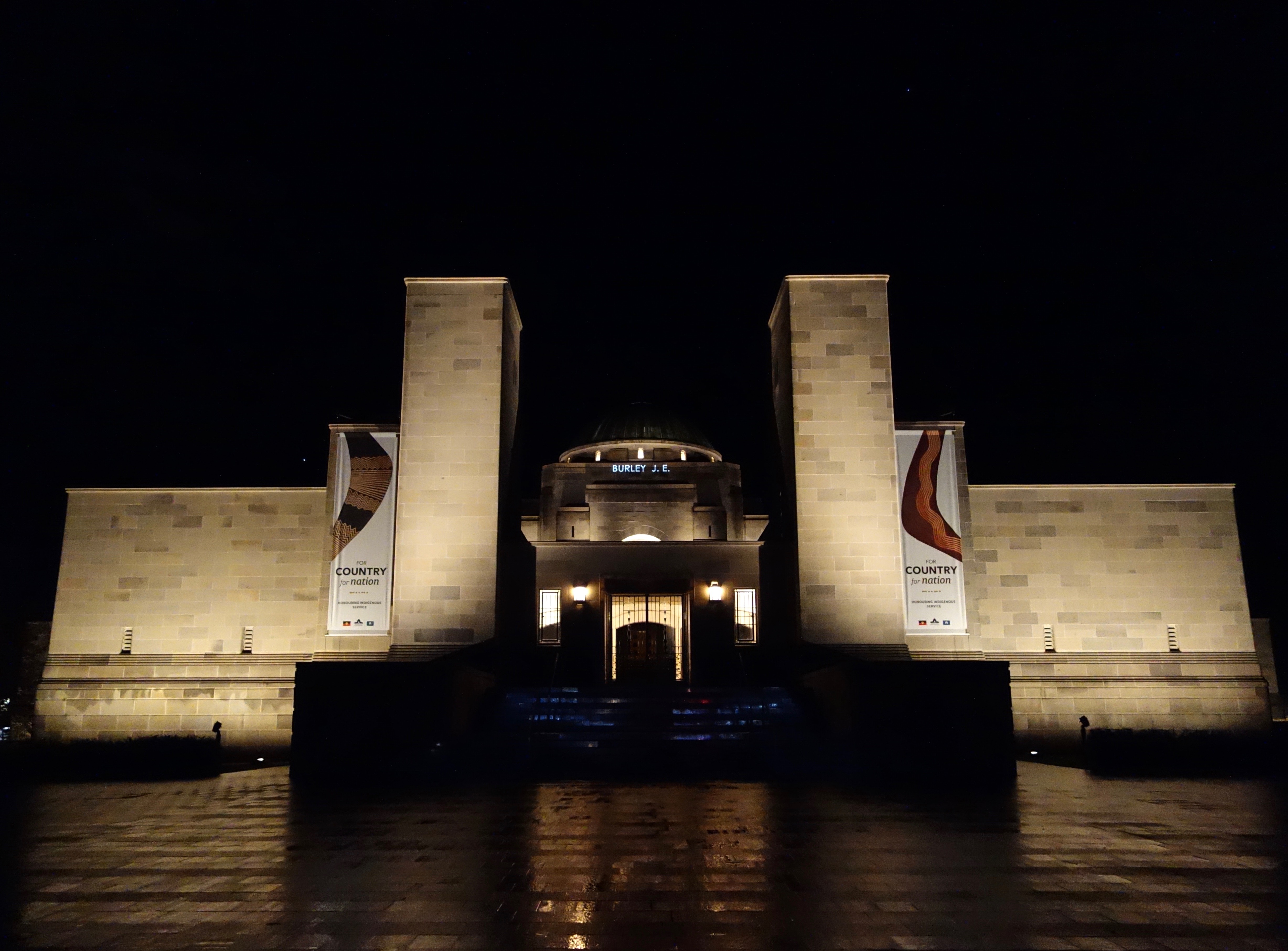


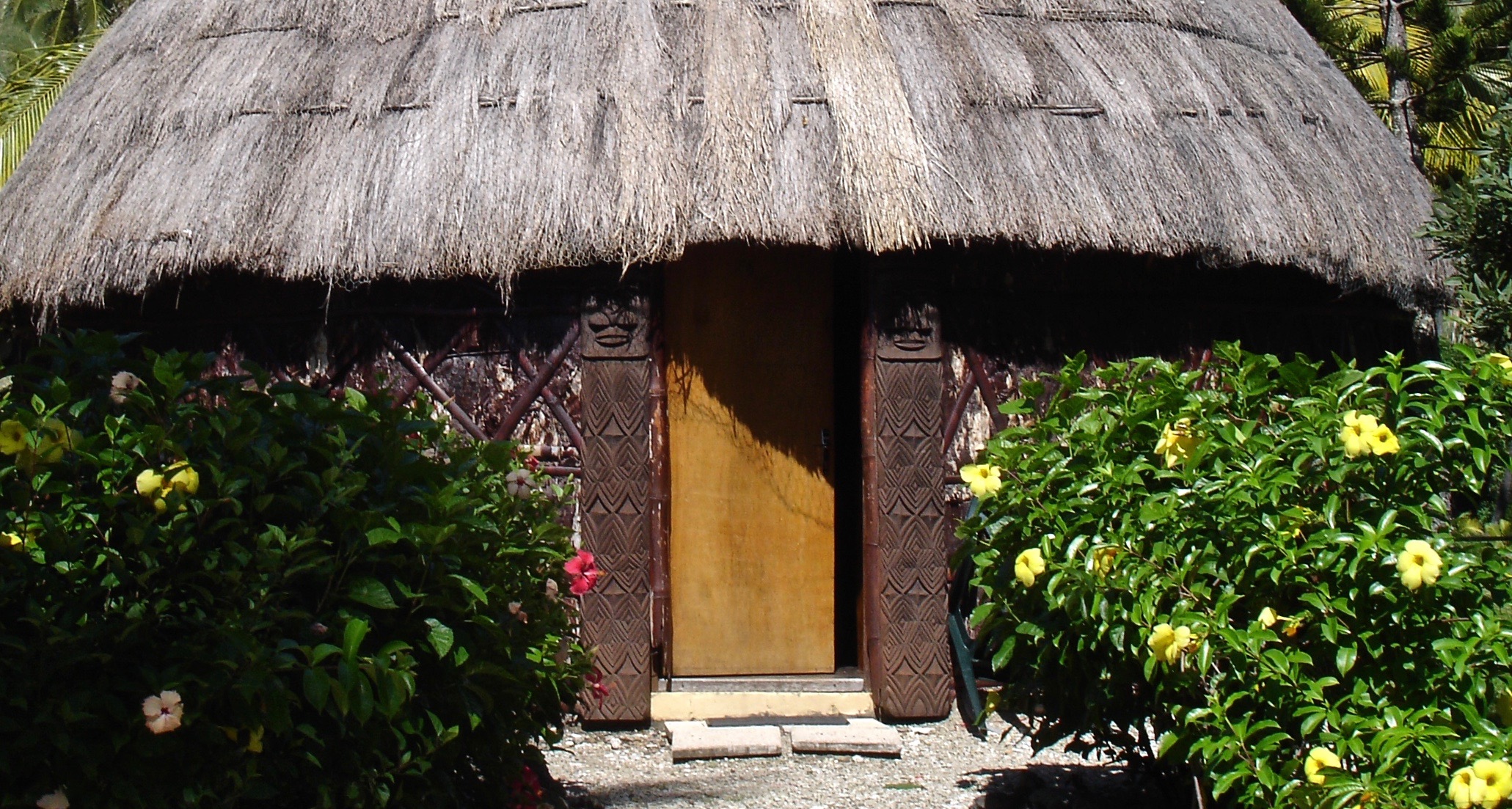
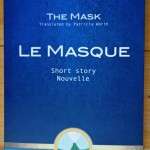
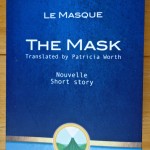
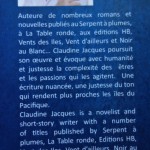
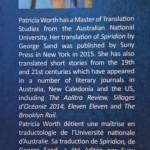
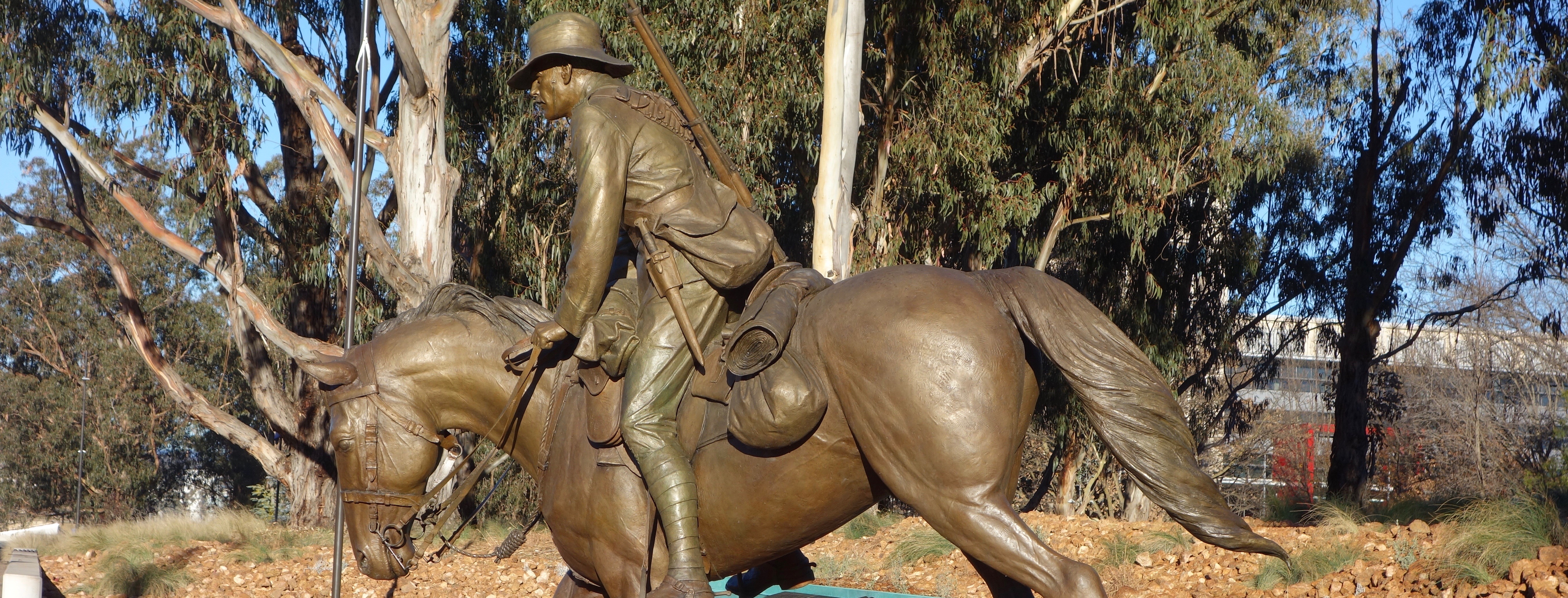


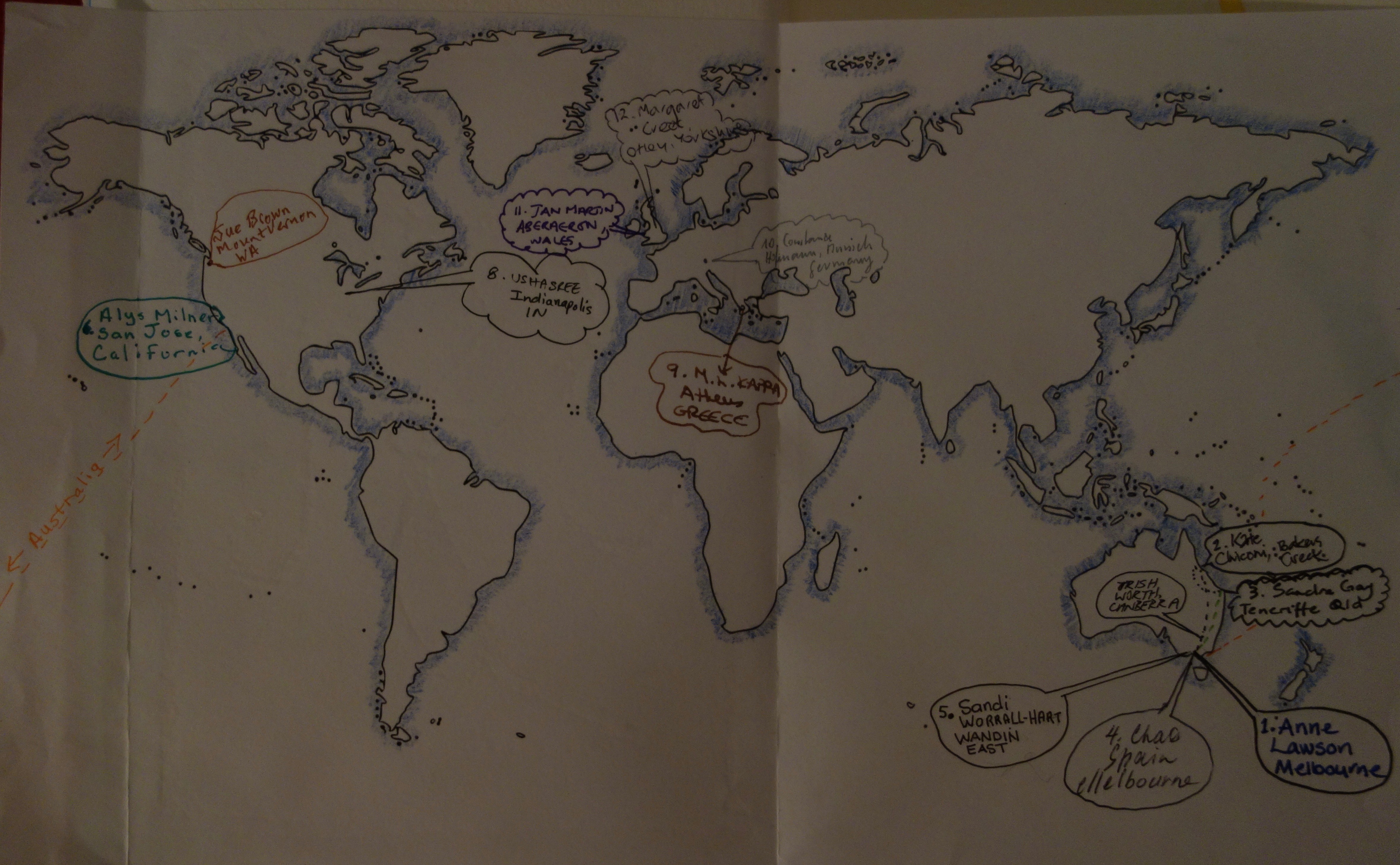
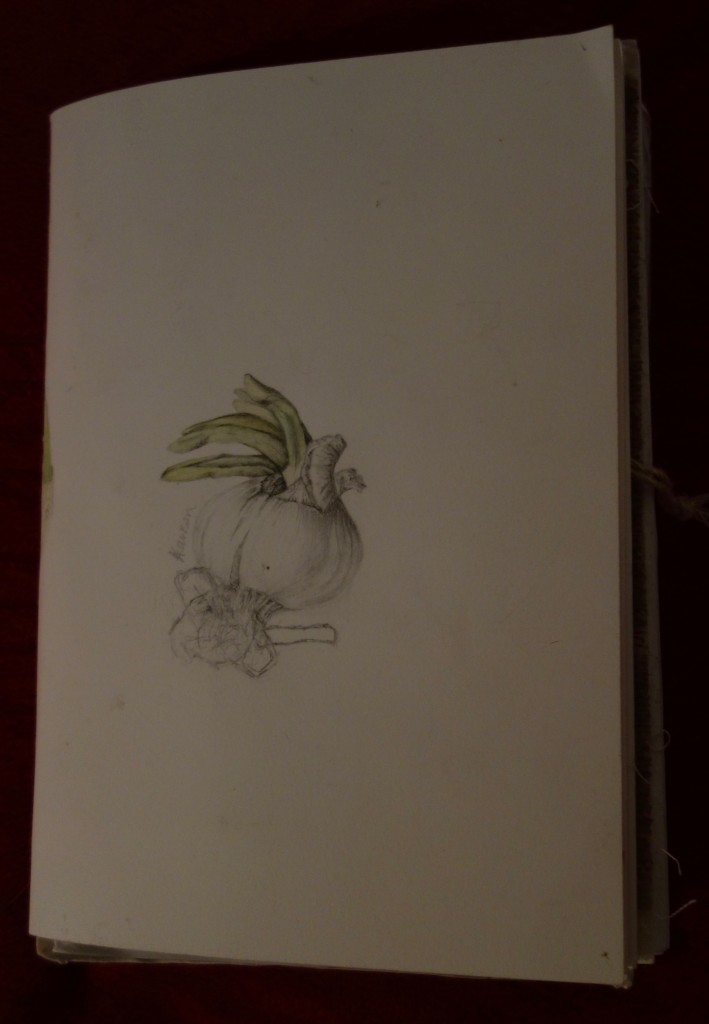
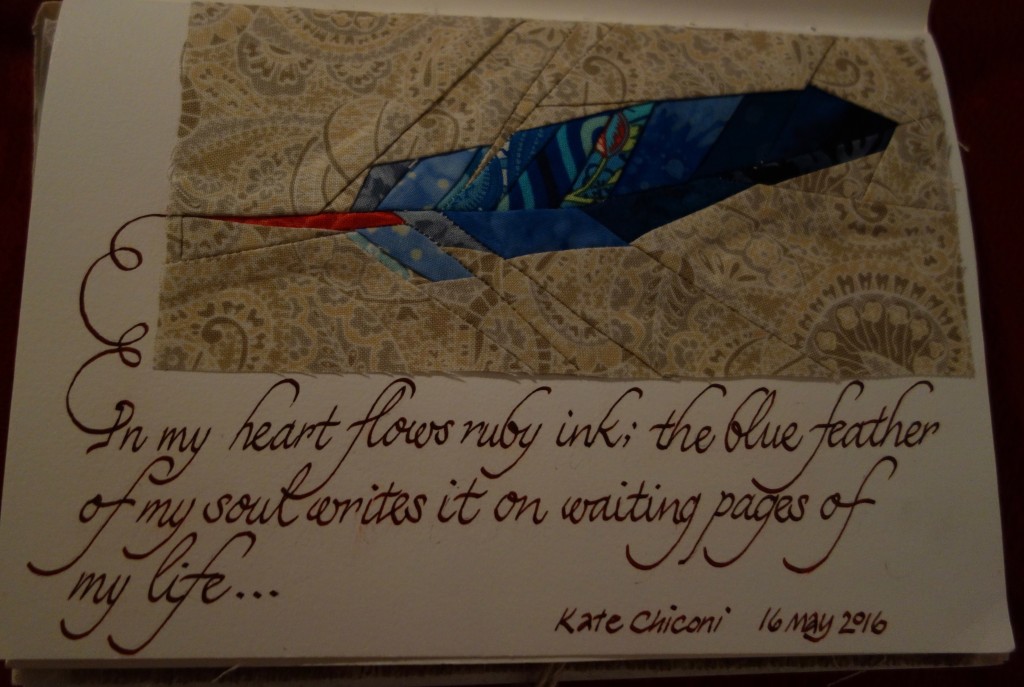
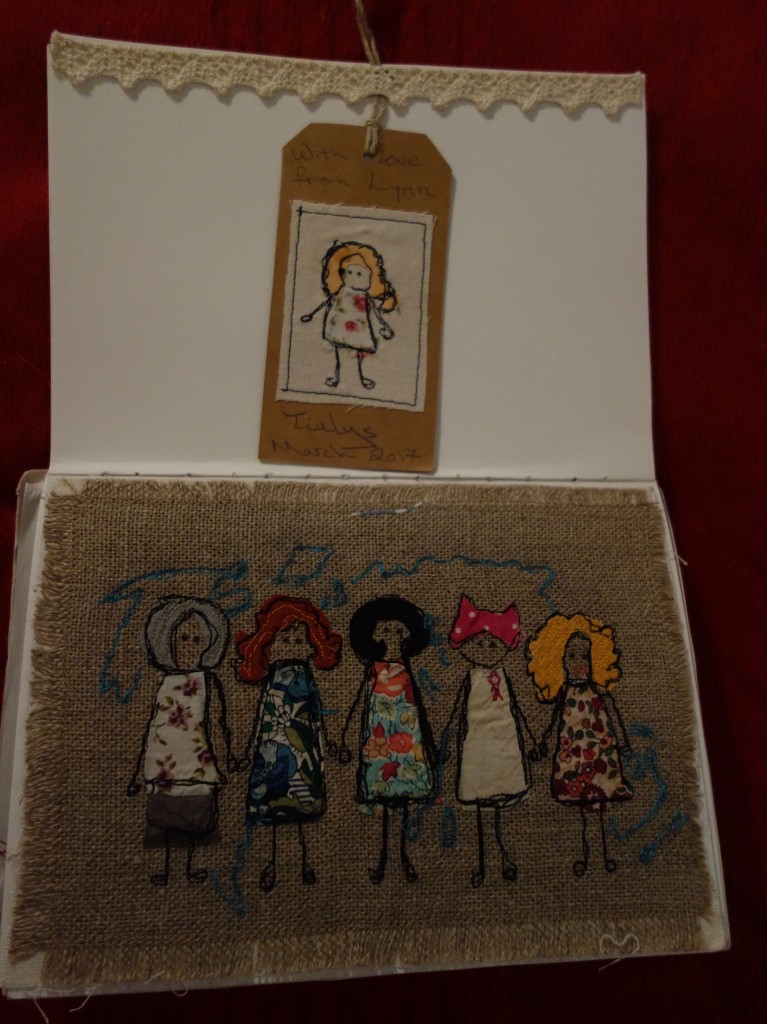
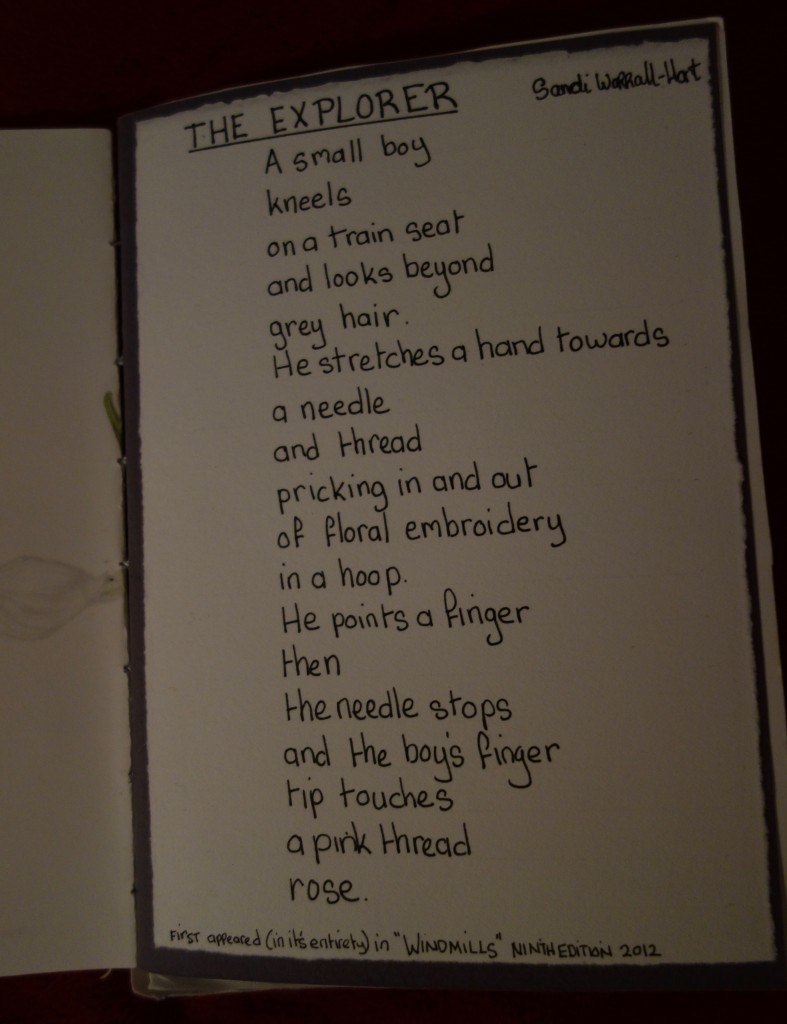
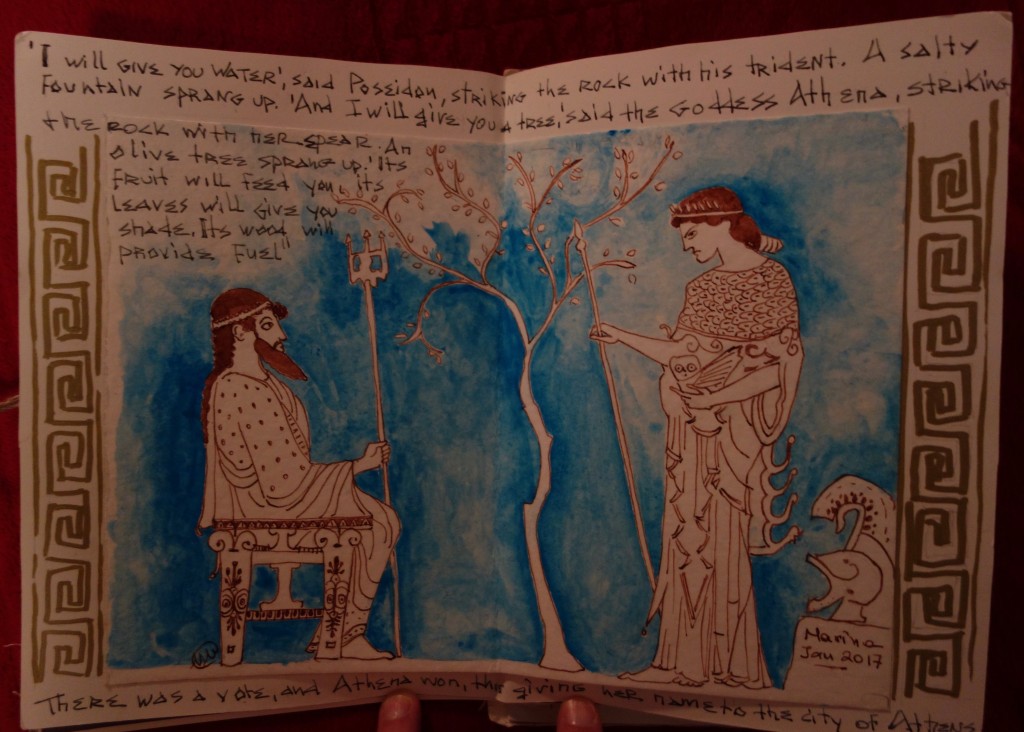
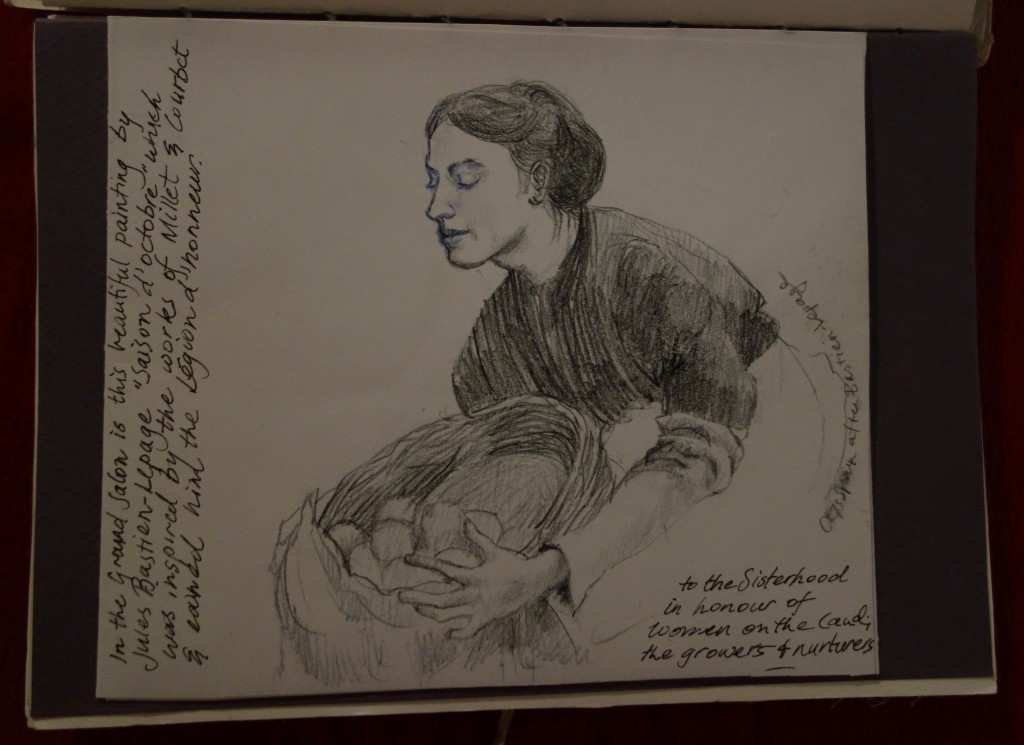

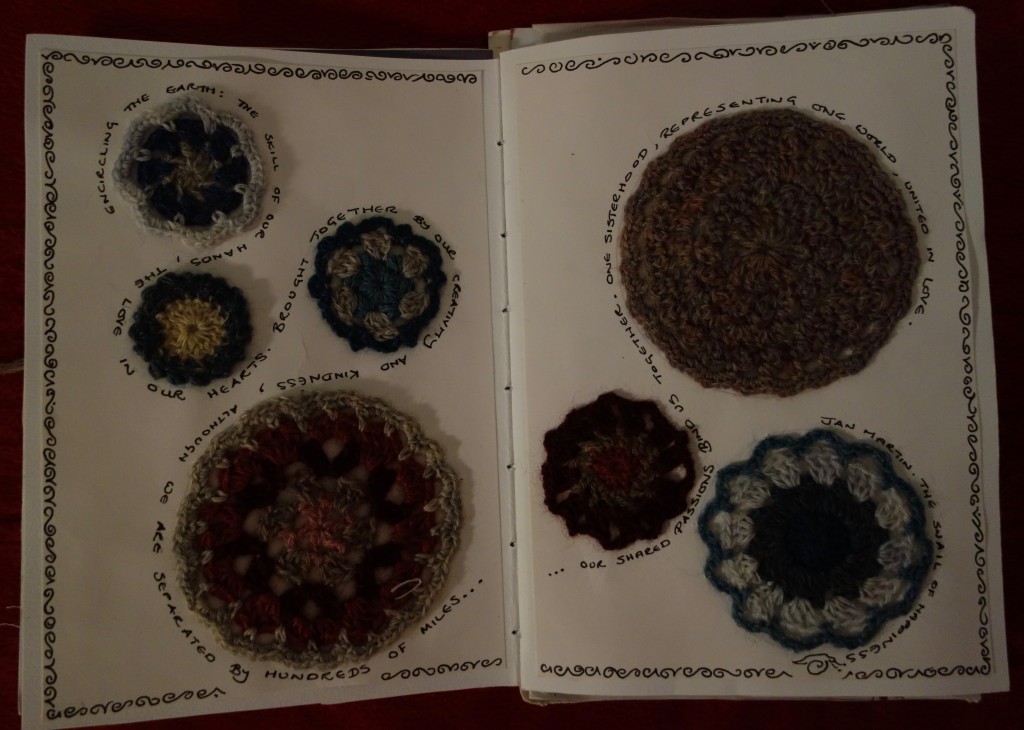
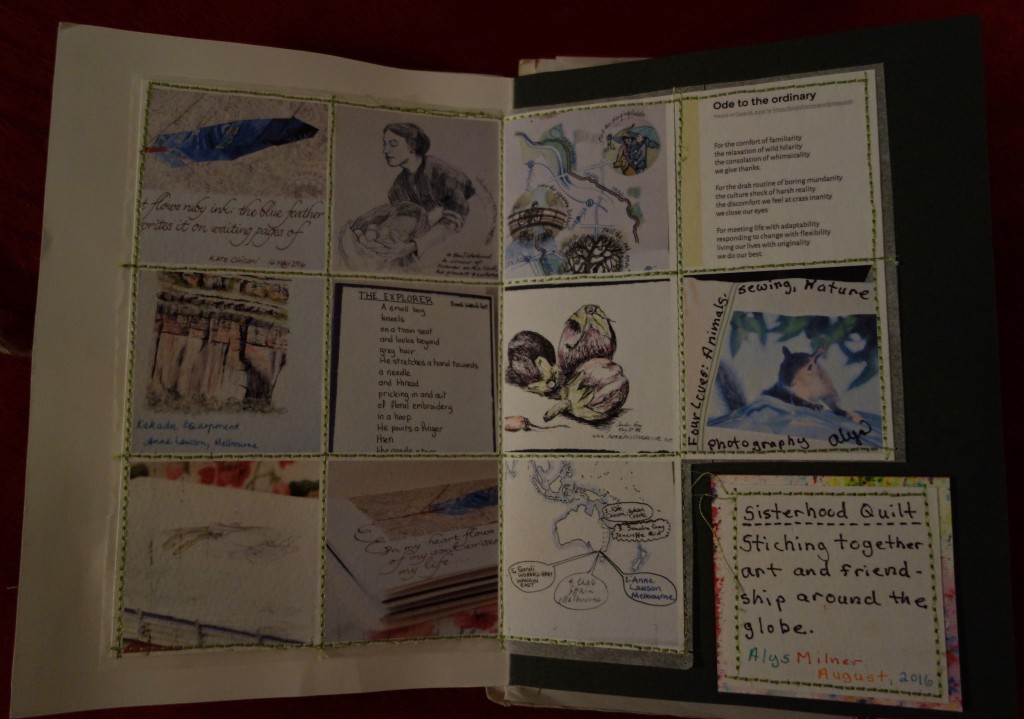
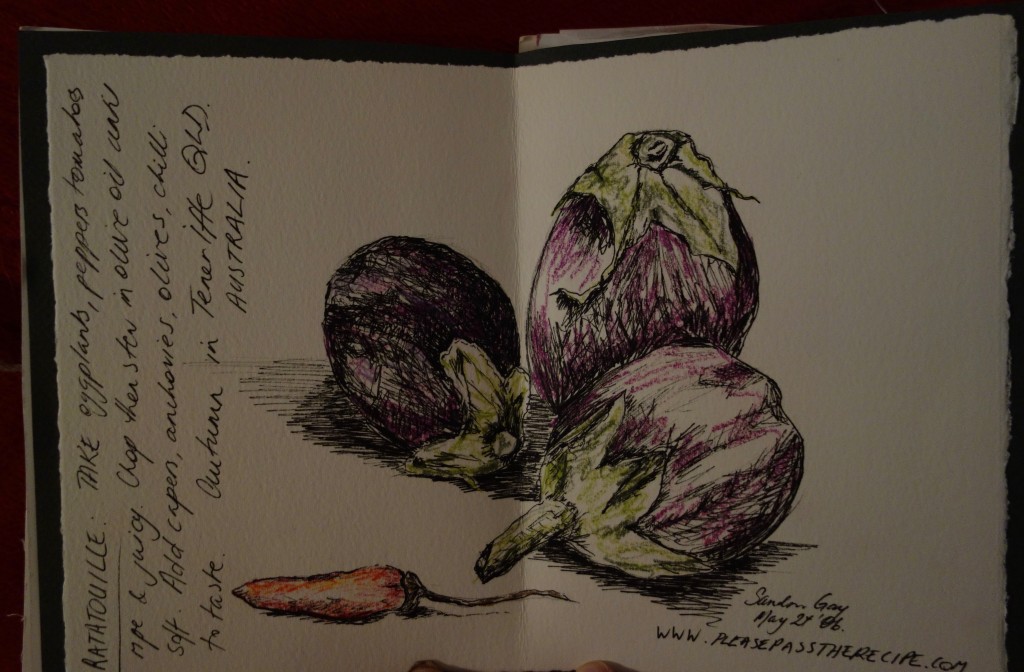
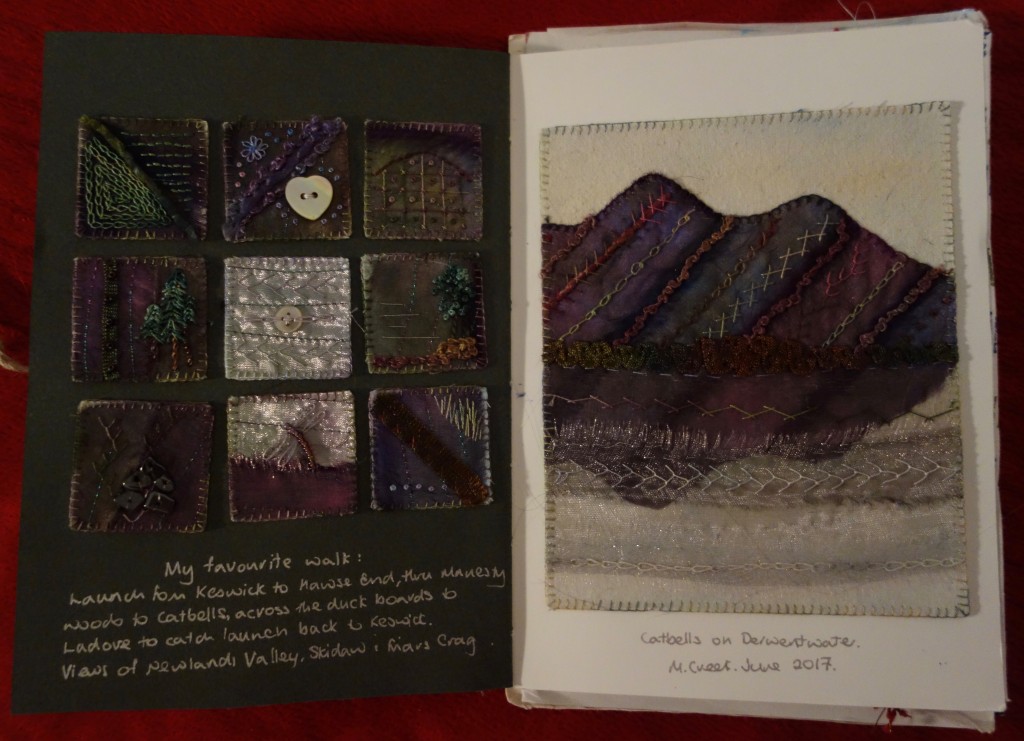
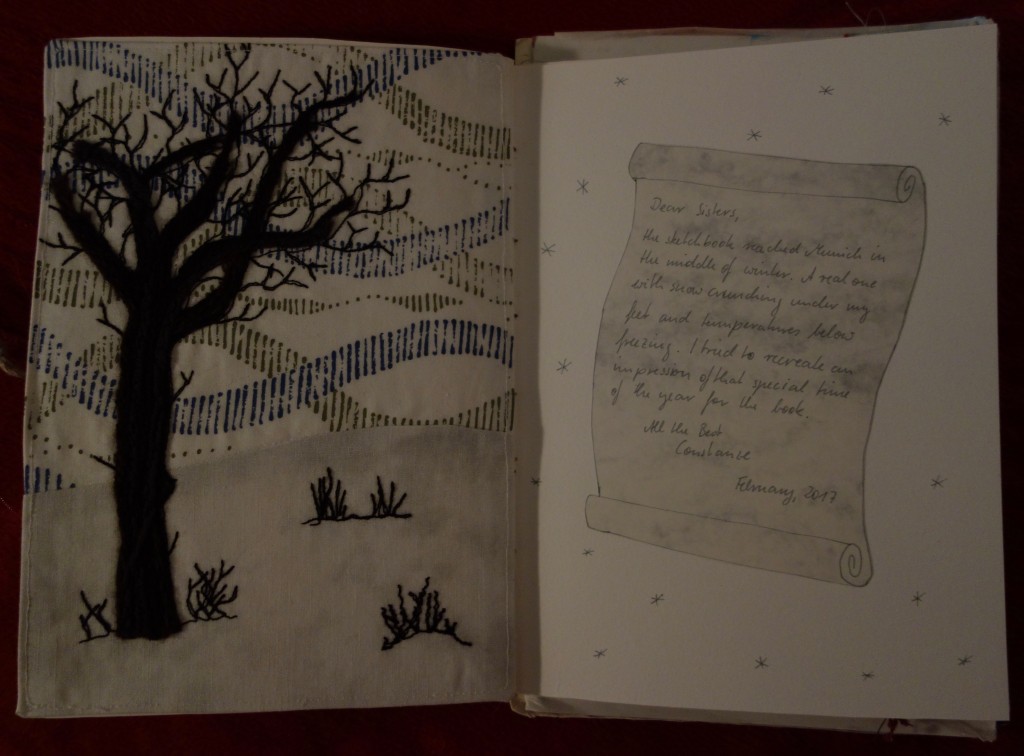
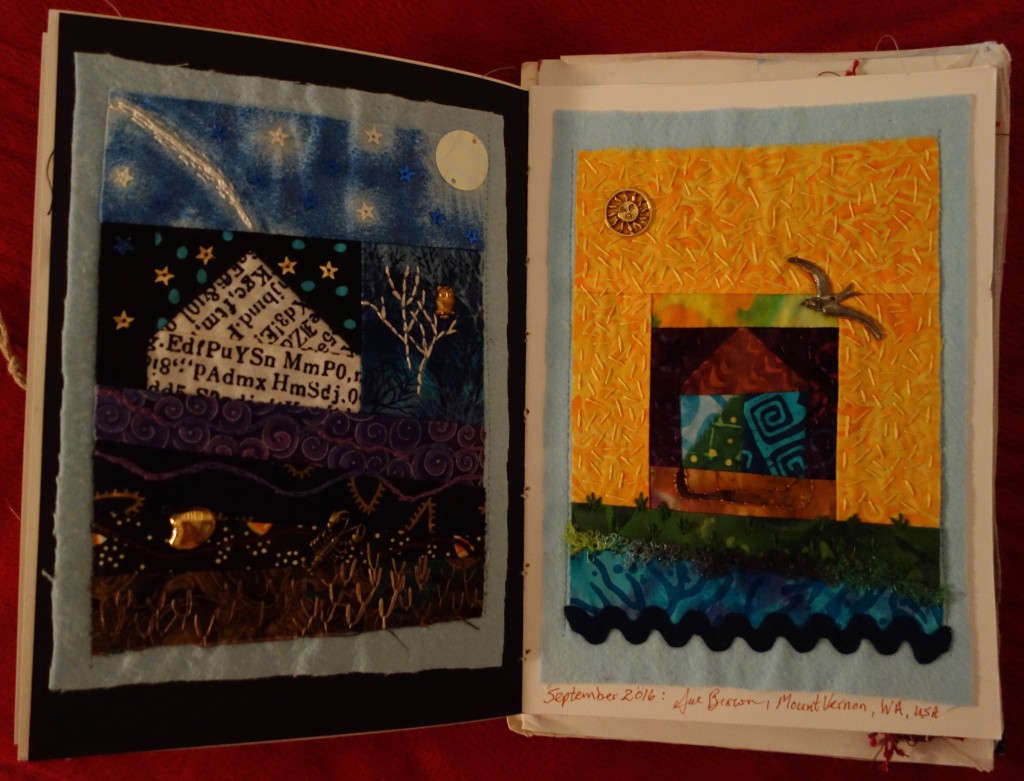
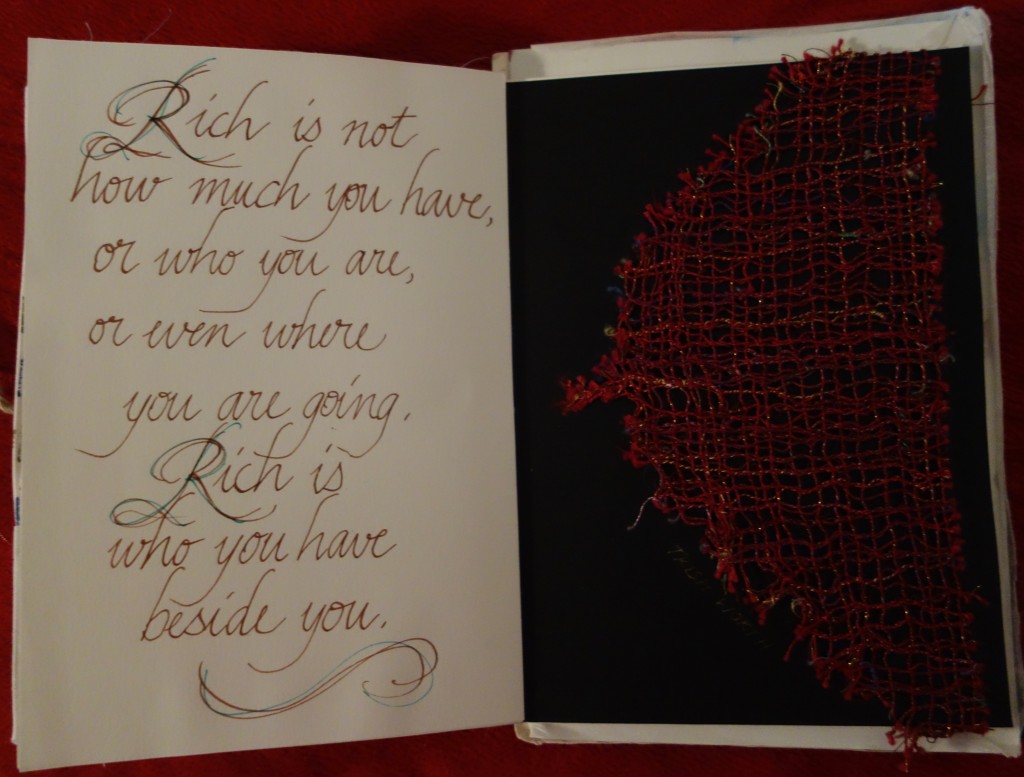
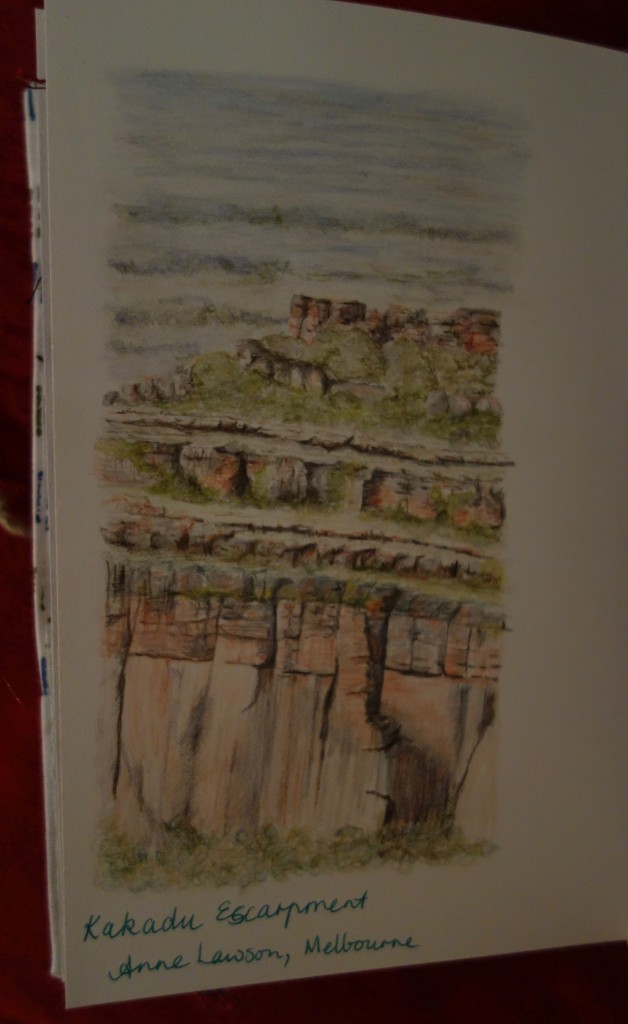
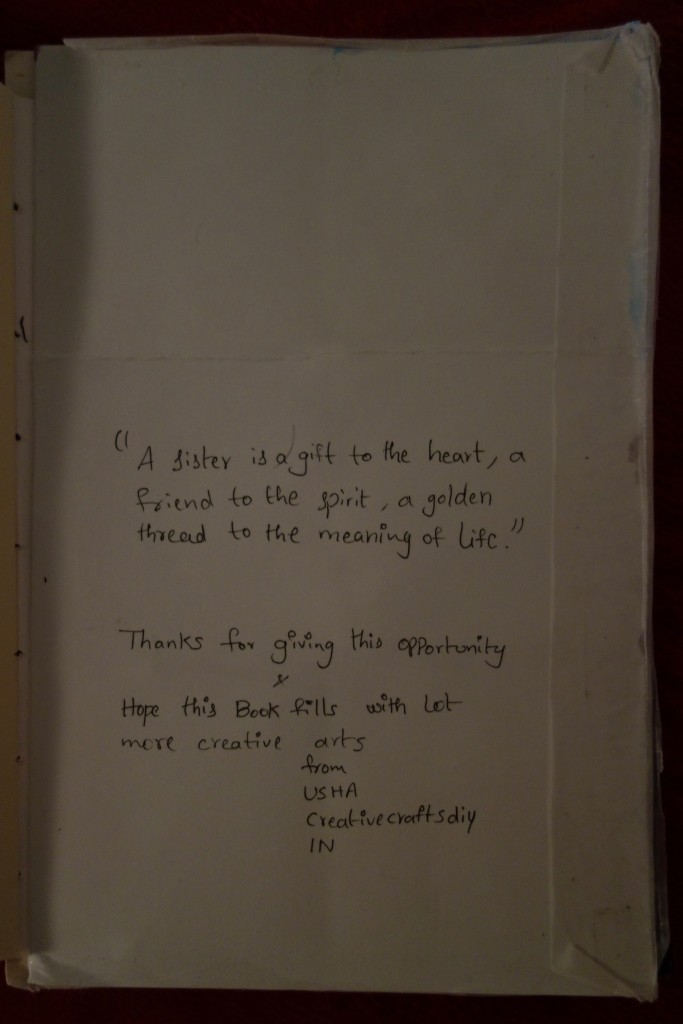
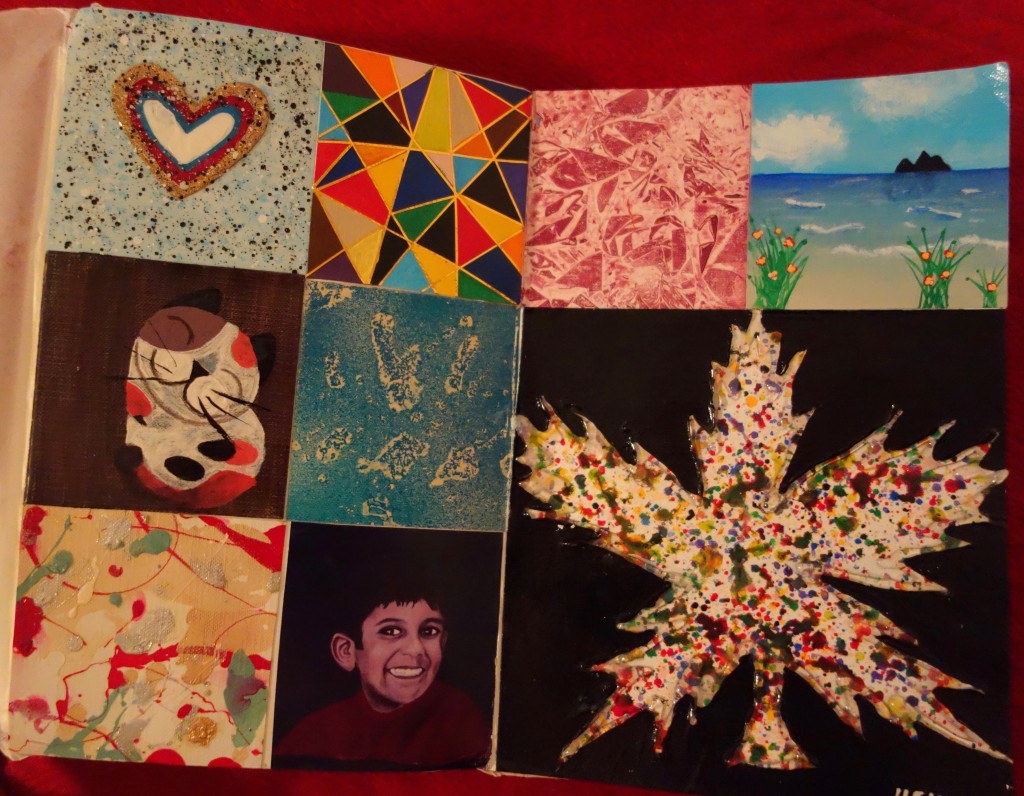
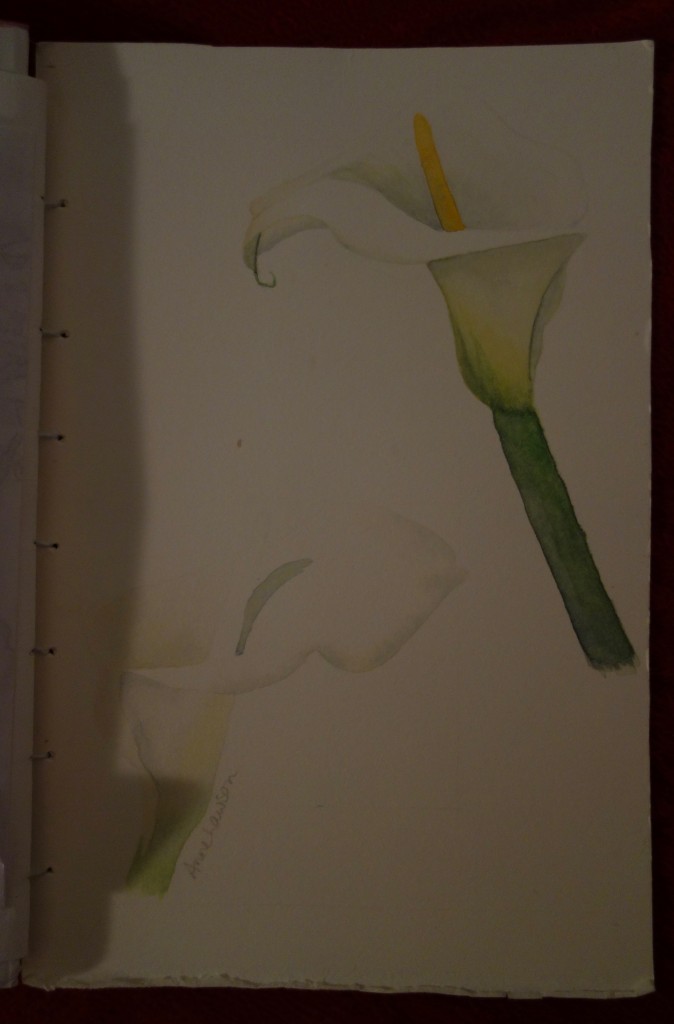
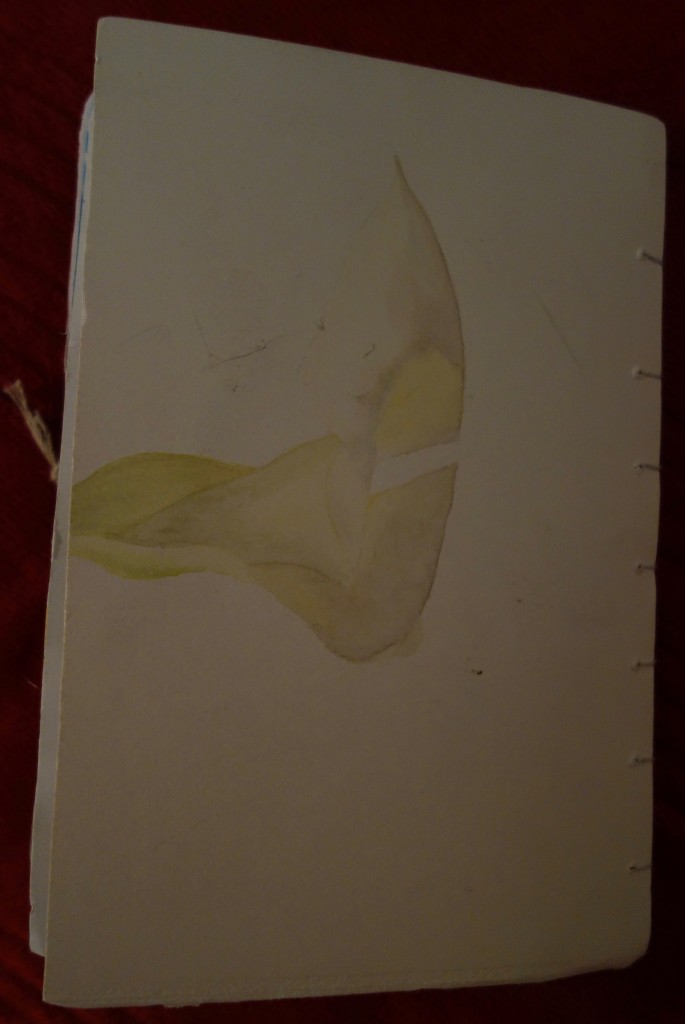
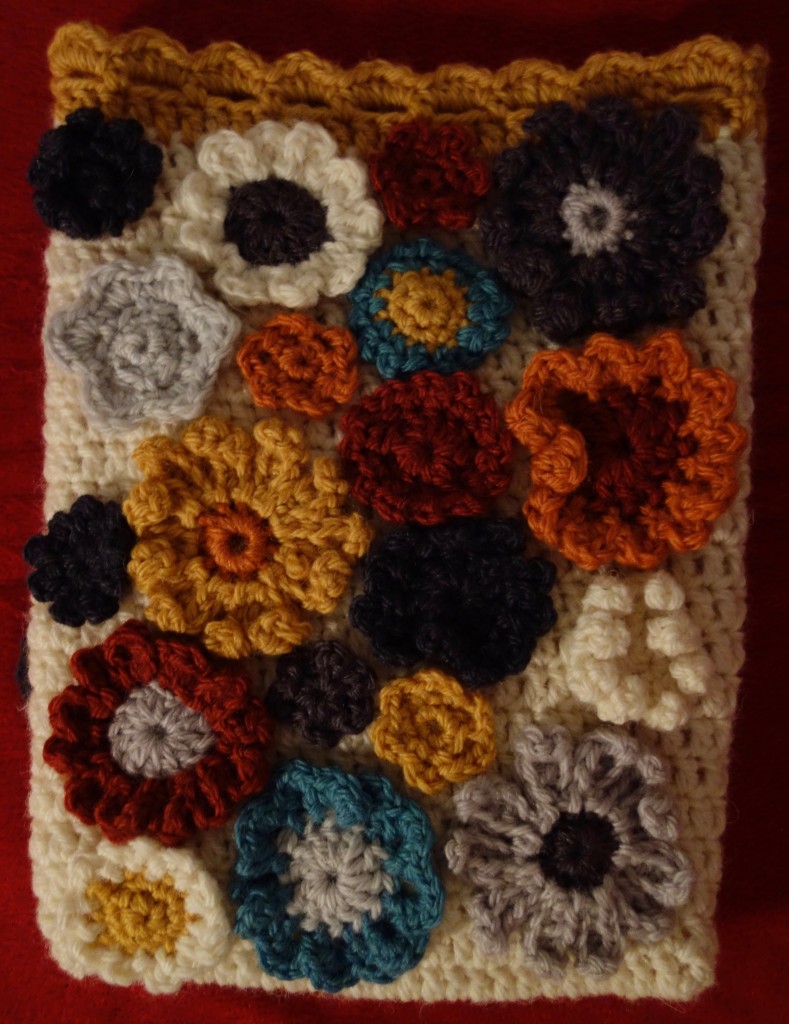
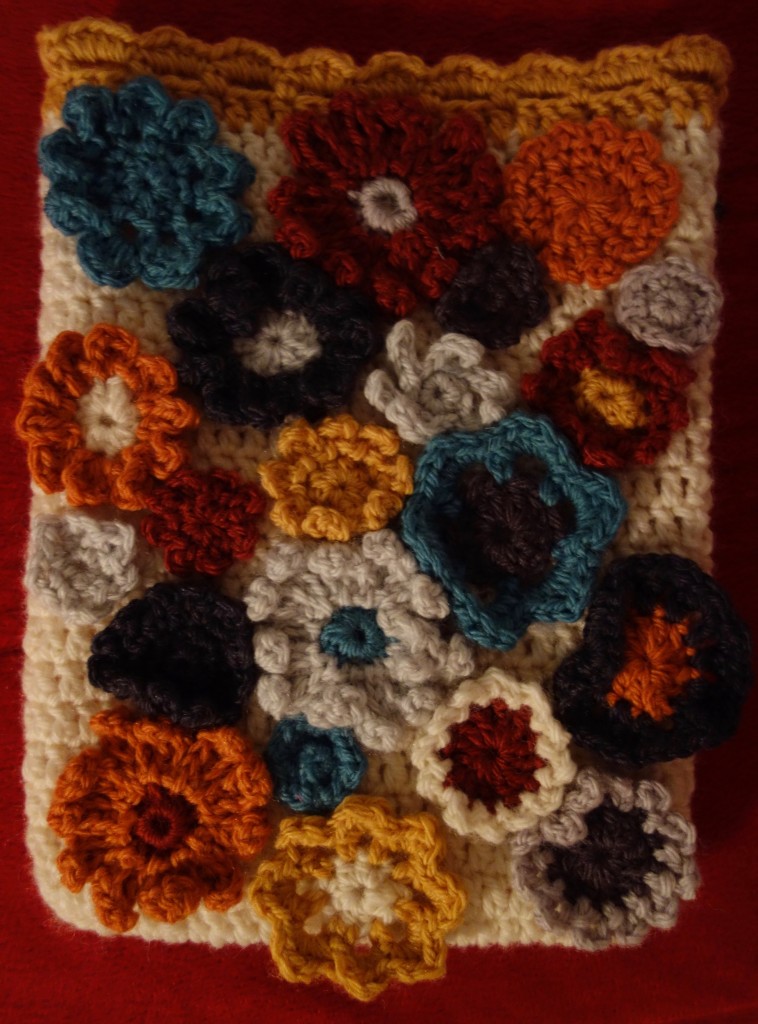
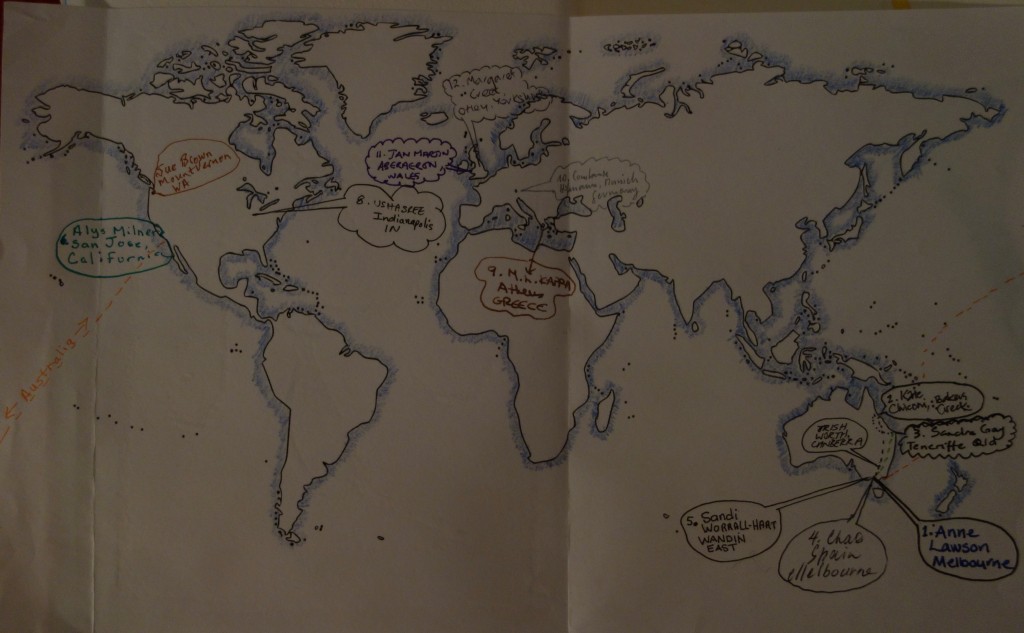
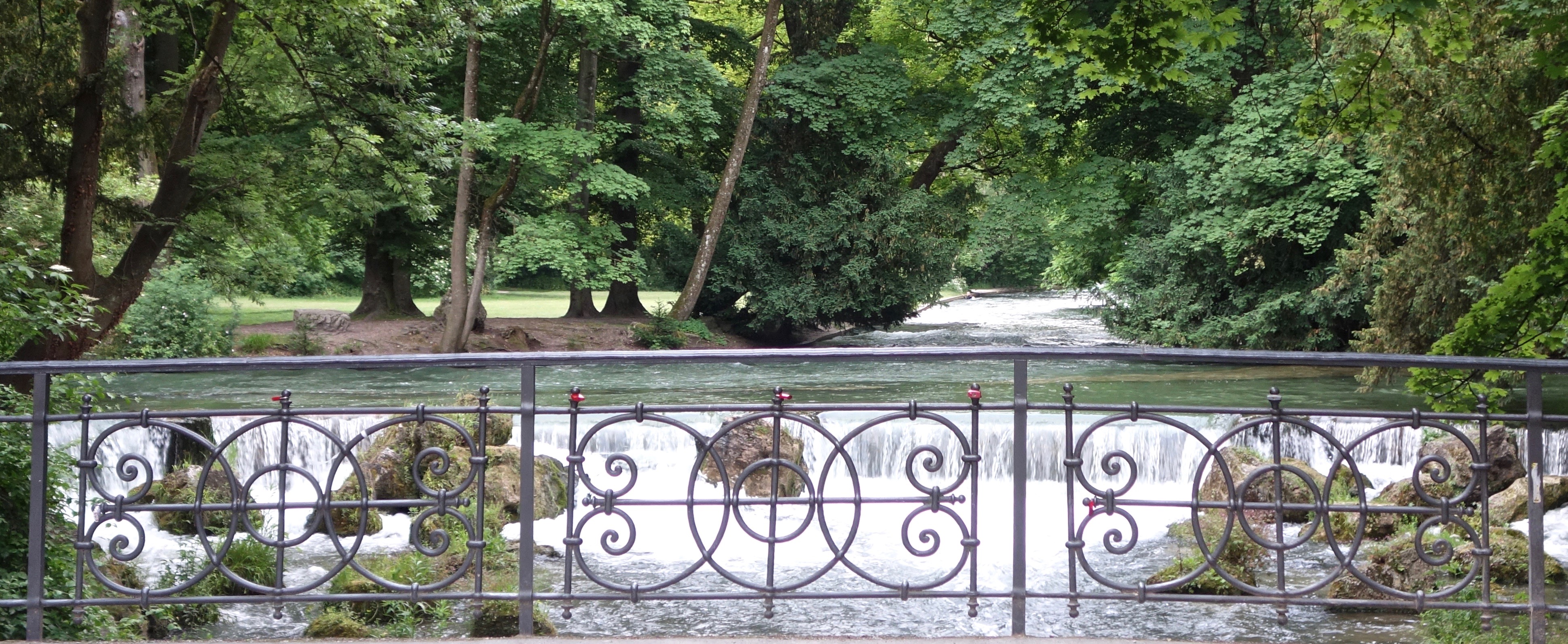


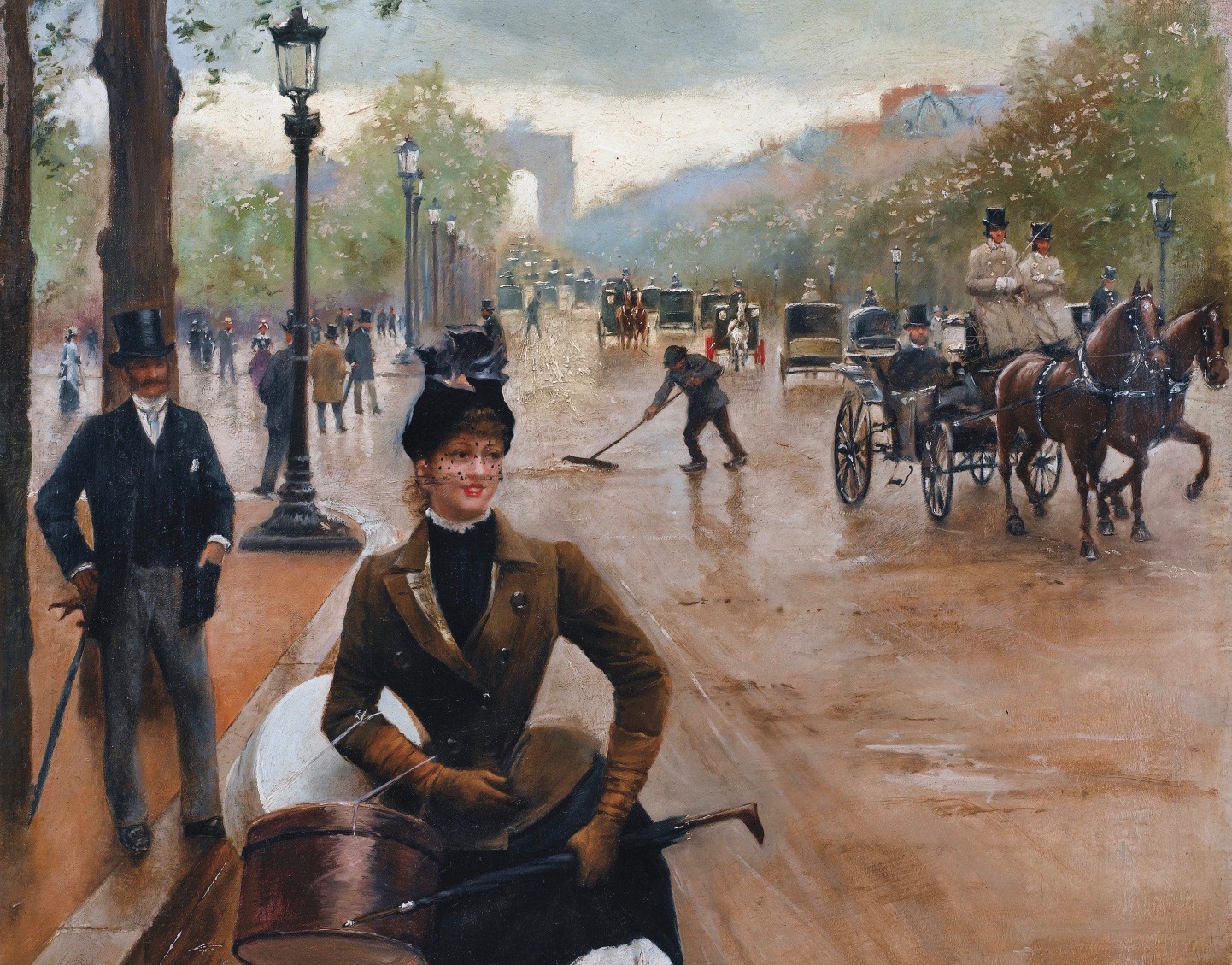

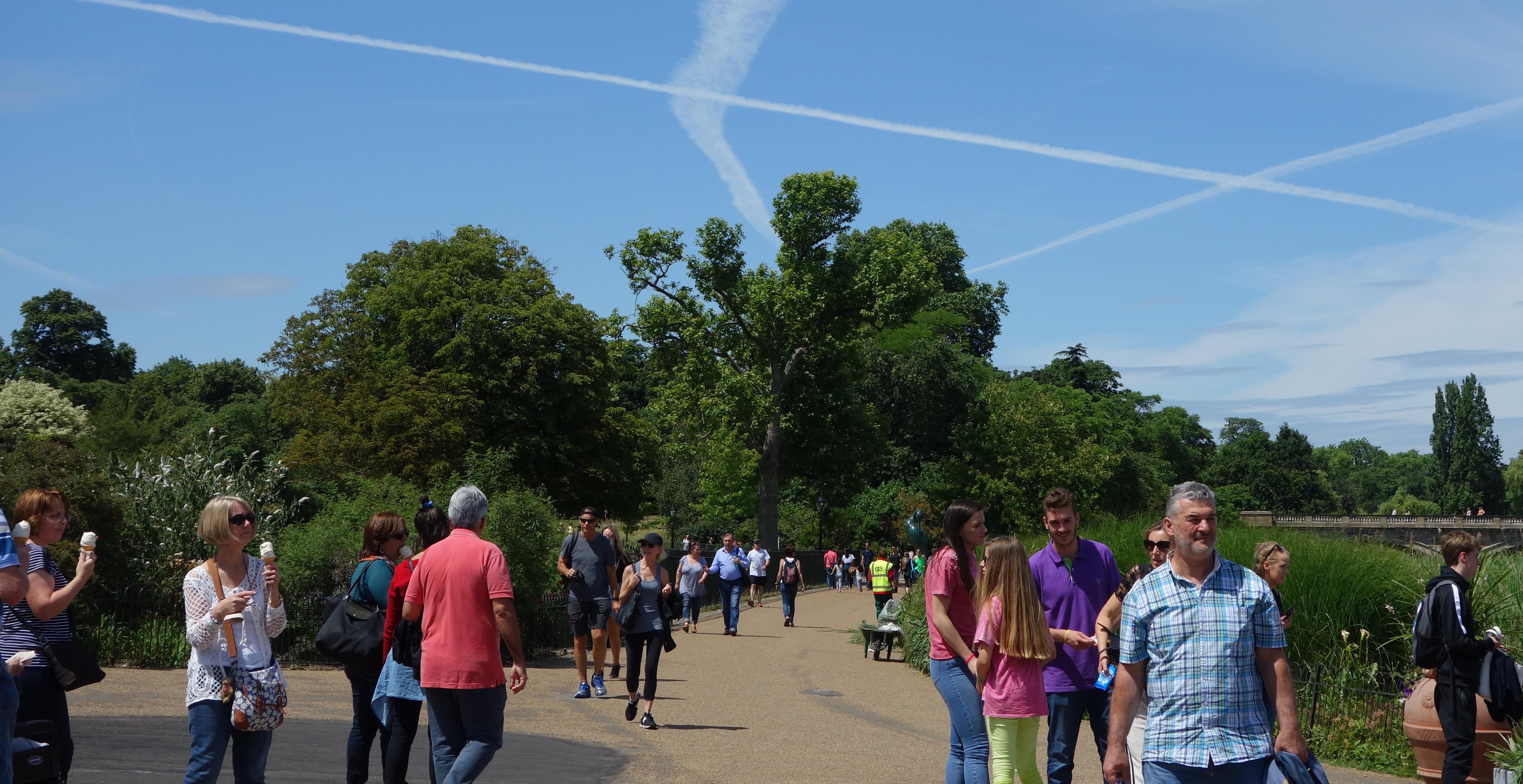
 The next day the sky is grey, rain falls on and off for hours, the ground is puddly in the least expected places, and canvas shoes let in water. The old dark brick 18th-century buildings of the former silk manufacturing area, Spitalfields, look worse without sunshine. But I’m sure they’re beauties inside now that the price tags are in the millions.
The next day the sky is grey, rain falls on and off for hours, the ground is puddly in the least expected places, and canvas shoes let in water. The old dark brick 18th-century buildings of the former silk manufacturing area, Spitalfields, look worse without sunshine. But I’m sure they’re beauties inside now that the price tags are in the millions. Thanks to
Thanks to 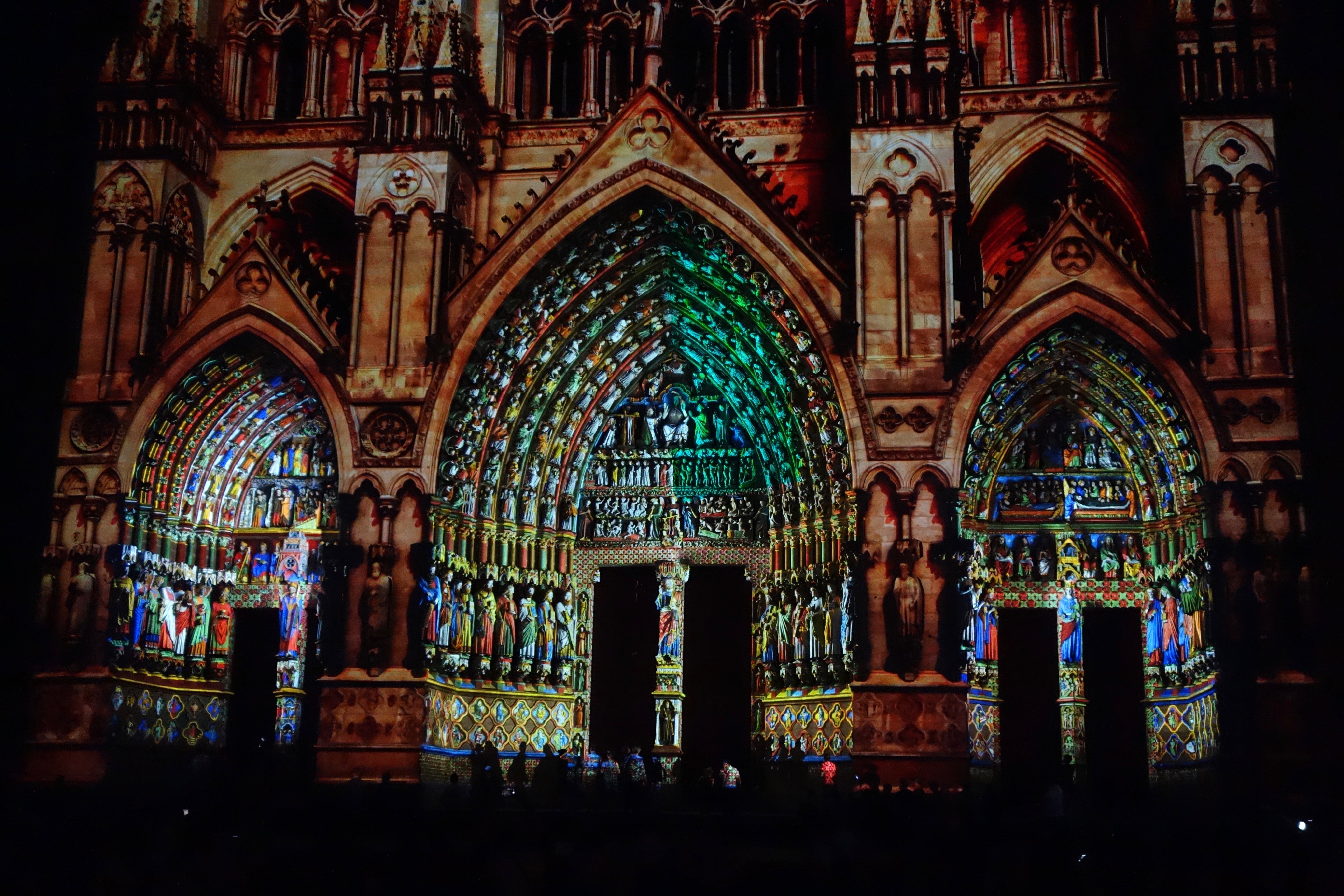





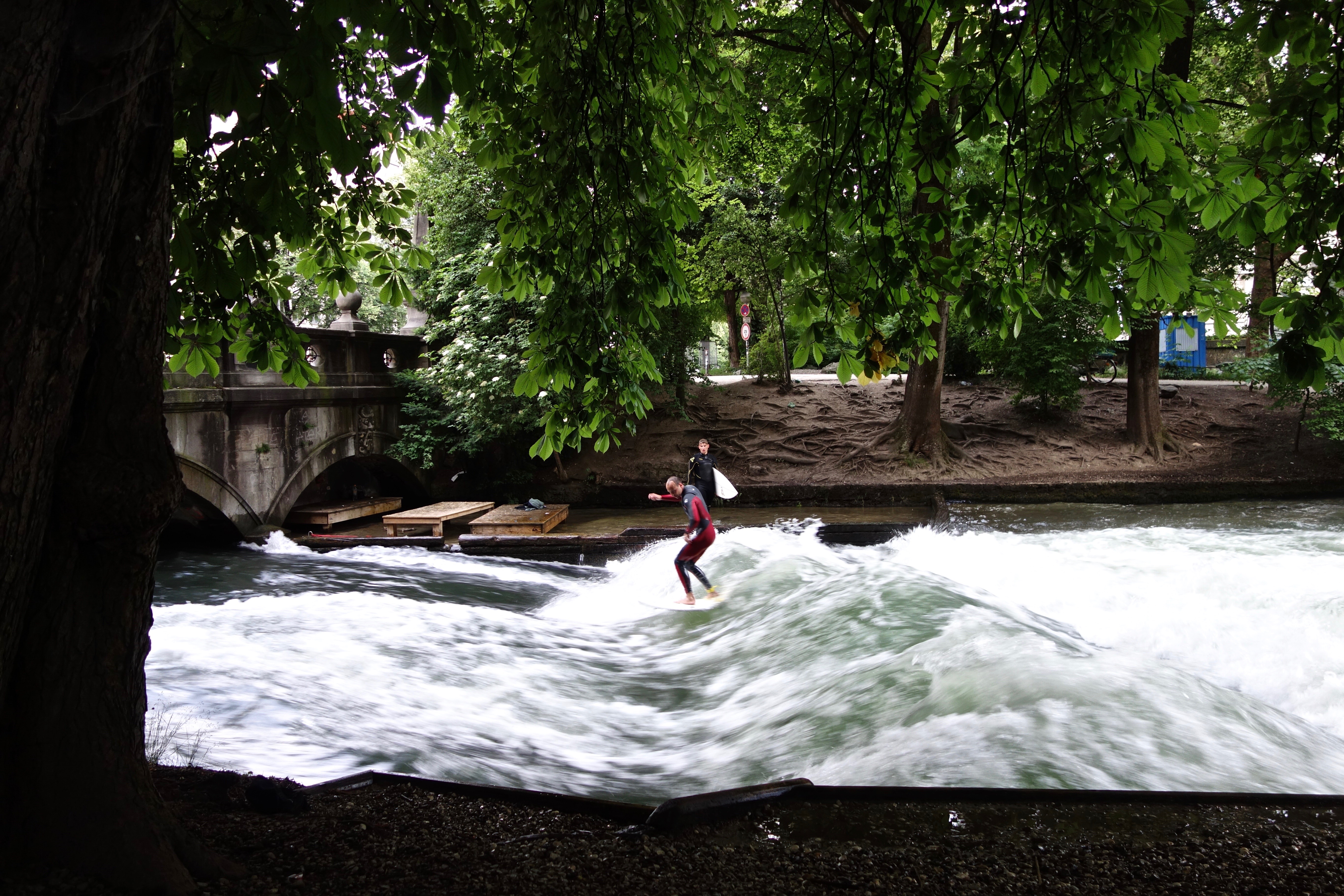
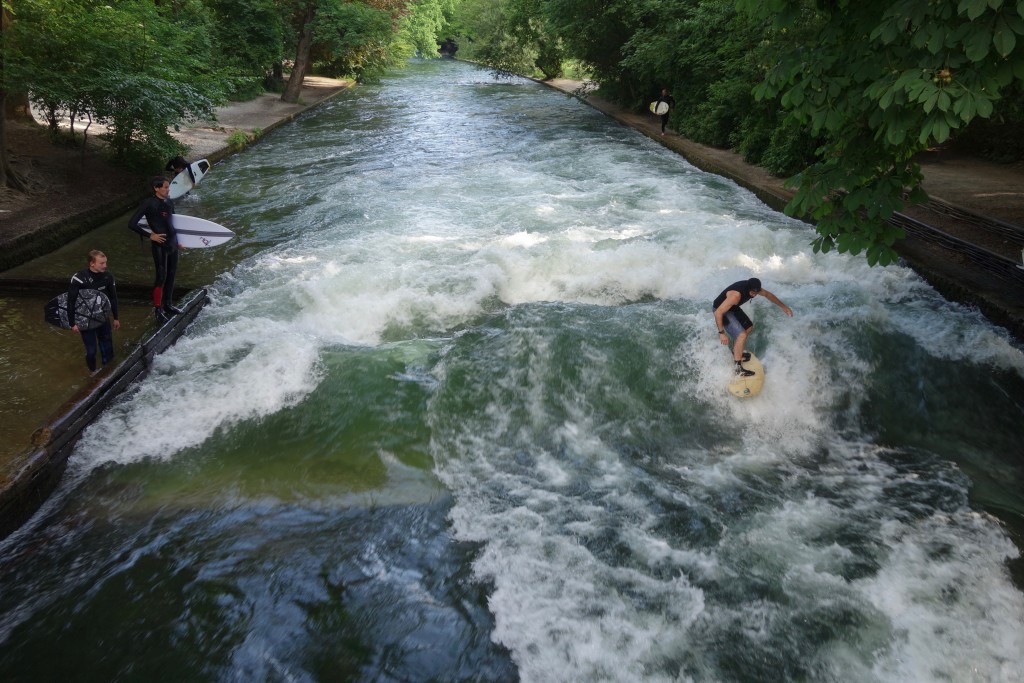 The surfers are out every morning, but on Sunday morning in the Englischer Garten there were people not just surfing, or strolling like me; others were boxing, studying, cuddling, meditating, photographing, dog-walking, or doing a little yoga:
The surfers are out every morning, but on Sunday morning in the Englischer Garten there were people not just surfing, or strolling like me; others were boxing, studying, cuddling, meditating, photographing, dog-walking, or doing a little yoga:
